Modern pressure cookers are safe to use, without the dangers of “blowing up” that they had 50 years ago. Locking lids, easy-to-read pressure indications and pressure relief valves all make them safer. Most feature a quick pressure release mechanism so that you don’t have to use precious water to cool them down.
I’ll be honest: I don’t use a pressure cooker that often, and when I do, it’s more because it has a locking lid. It’s just not my style. But I do see a lot of advantages in one, particularly in using less propane (or other cooking fuel).
That said, I have used one on occasion for most of our cruising years, and want to include some points to consider if you want to buy one. It’s not that I think there is anything wrong with them; they just don’t fit my cooking style as much as other things, such as a Thermal Cooker (to see a thermal cooker, check out this one at Amazon).
Factors to Consider
When choosing a pressure cooker for your boat, there are several things to consider.
Size
The size pressure cooker you need is dependent on several factors. How many people are on board? What do you want to cook in the pressure cooker?And how much stowage space do you have available? For two of us, I bought an 8-quart pressure cooker and it was just too big. The food filled it less than half full. And I had no convenient place to store it, thus didn’t use it many times when it would have been helpful.
A very important safety consideration is not to buy a bigger pot than will fit in your pot restraints. You absolutely don’t want a pressure cooker flying across the boat!
I’ve seen pressure cookers ranging in size from very small (1-1/2 quarts) to large enough for home canning. Pressure cookers can be filled no more than 2/3 full. They need at least 1/3 airspace to work correctly. The most useful size for two people is probably 4 or 6 quarts. Visualize a gallon — 4-quart — milk jug and think if it’d be large enough for what you’d want to cook. If you’re going to use recipes designed for a pressure cooker, most are designed for a 6-quart size. If you’re simply going to adapt your own recipes or ones designed for stovetop cooking, you can use whatever size best fits. Are you going to want to cook a whole chicken? If so, and if you have room to stow it, you’ll need a larger pressure cooker.
Pressure
The better pressure cookers use 15 pounds of pressure, meaning that foods cook at 257 degrees Fahrenheit. More importantly, unless stated otherwise, pressure cooker recipes assume 15 psi in their timing. Many cheaper pressure cookers use 12 psi and cooking times in recipes have to be increased by 20%.
Some pressure cookers have two pressure settings: one at 15 psi and another lower setting for “delicate” foods. In general, those “delicate” foods are generally better cooked traditionally, but if your goal is simply reducing cooking time for everything, they are worth looking at.
It’s helpful if the cooker has an easy-to-read pressure indicator. This lets you know that things are working correctly AND when it’s safe to open the pressure cooker. Older ones just used the “jiggling” of the pressure weight to show if there was pressure, which was hard for novices to correctly interpret.
Material
As always with things to be used in a boat galley, high-quality stainless steel is best. Many pressure cookers are stainless, but some are still aluminum. Aluminum pans can’t be used with acidic foods such as tomatoes as the acidity in the tomato will cause a reaction with the aluminum. This causes the tomatoes to absorb some of the aluminum and the aluminum to pit. I’ve never seen a pressure cooker with a non-stick interior.
Safety Features
Most of the following are common sense, but they gain added importance aboard a boat.
- Don’t buy a pressure cooker that is too big for your pot restraints. A pressure cooker flying around the boat is even more dangerous than a regular pan.
- Don’t buy a pressure cooker that is too large for you to comfortably lift when fully loaded, even if the boat is rolling some.
- Make sure the cooker has two handles so you can lift it with both hands.
- The lid must lock.
Other Features.
Some pressure cookers have steamer inserts, pasta baskets and trivets for cooking special items.
Best Pressure Cookers
Based on my research, these are some good choices at a variety of price and size.
- Fagor Duo Stainless Pressure Cookers, available in a variety of sizes, have heavy bottoms, with less tendency to scorch food when browning it, two pressure settings, high-quality stainless steel construction and good handles for lifting heavy pots, particularly if the boat is rolling a bit.
- Best Budget Pressure Cookers: The Presto Stainless Steel Pressure Cookers cost about 1/3 less than the Fagor Duo for the same size. The sacrifice is that the bottoms aren’t as heavy and require more attention if you’re pre-browning food so it doesn’t scorch, the handles aren’t as convenient, and there is just one pressure setting.
- Small Pressure Cookers: If you really need a small pressure cooker and don’t mind aluminum (or don’t intend to use it with acidic foods like tomatoes), the Hawkins Aluminum pressure cookers come in sizes as small as 1-1/2 quarts.
Readers Recommend
When I first wrote about pressure cookers, readers shared their favorites. I don’t have personal experience with these. But other cruisers find them good options. These are all available on Amazon.
- Kuhn Rikon – recommended by several readers. They come in a variety of sizes.
- Fissler – a premium pressure cooker at a premium price. Available in several sizes.
- Prestige – a basic model available in stainless steel.
- Hawkins – several sizes. Reader claims one works for cooking over an open flame or charcoal.
In addition to conventional pressure cookers, several readers recommended electric models. Obviously, most cruisers don’t have the power for an electrical cooker. But if you’re tied up to a dock, they might be a good option. Recommended options include the Instant Pot and Cuisinart brands (available on Amazon).
Is a pressure cooker a good option for you? That’s someone only you can decide. But hopefully we’ve given you a few things to think about before making your decision.
Related Posts

Carolyn Shearlock has lived aboard full-time for 17 years, splitting her time between a Tayana 37 monohull and a Gemini 105 catamaran. She’s cruised over 14,000 miles, from Pacific Mexico and Central America to Florida and the Bahamas, gaining firsthand experience with the joys and challenges of life on the water.
Through The Boat Galley, Carolyn has helped thousands of people explore, prepare for, and enjoy life afloat. She shares her expertise as an instructor at Cruisers University, in leading boating publications, and through her bestselling book, The Boat Galley Cookbook. She is passionate about helping others embark on their liveaboard journey—making life on the water simpler, safer, and more enjoyable.
Here’s your “Quick Start” to everything you need to know when living on a boat:
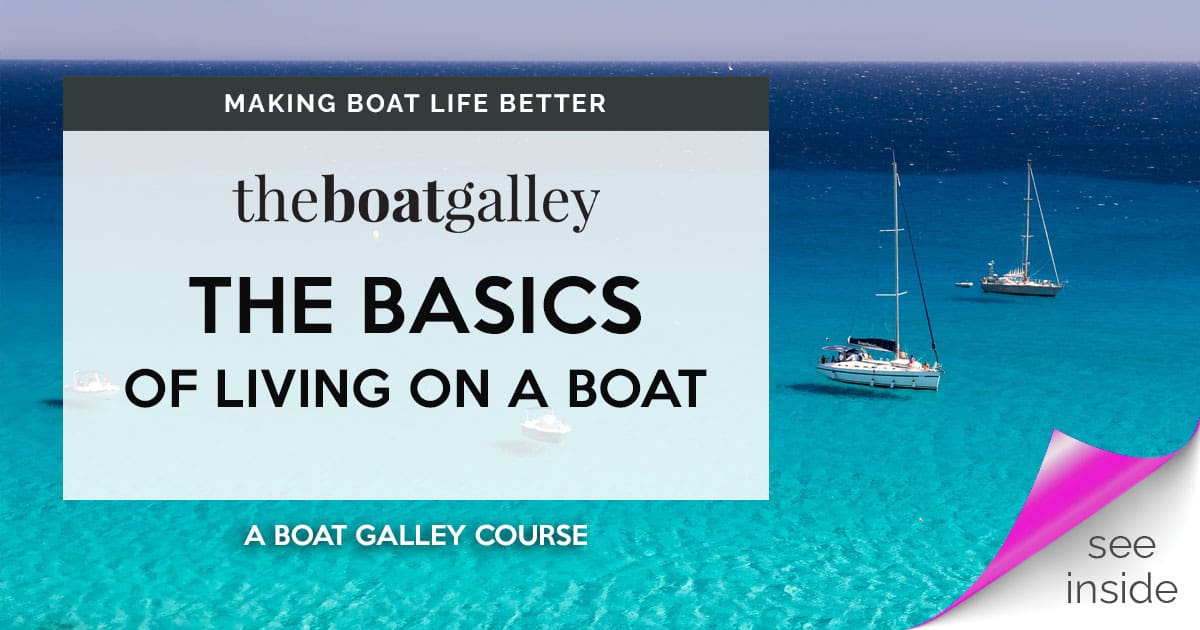
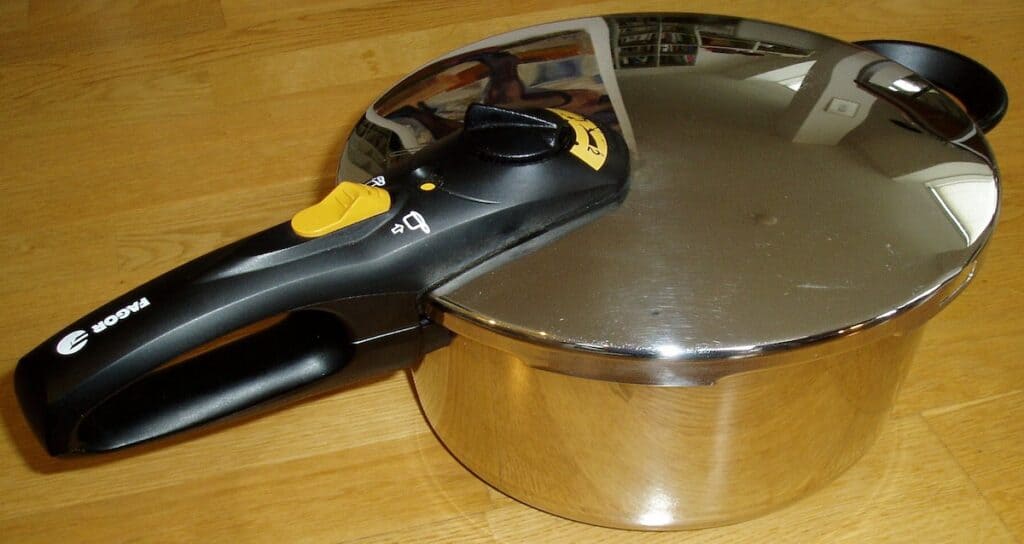
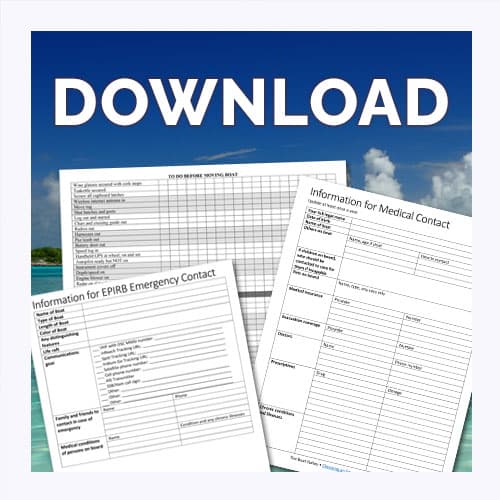


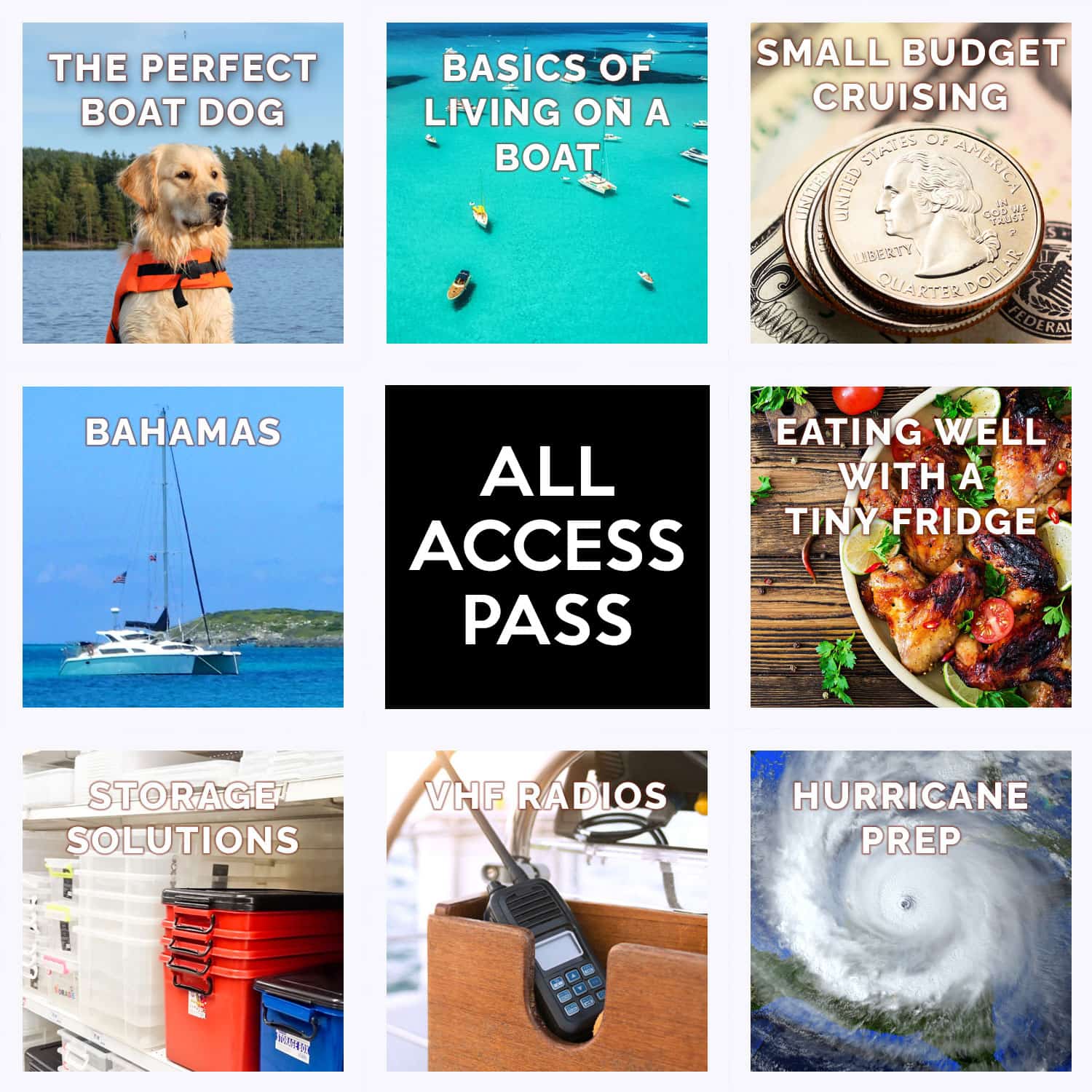
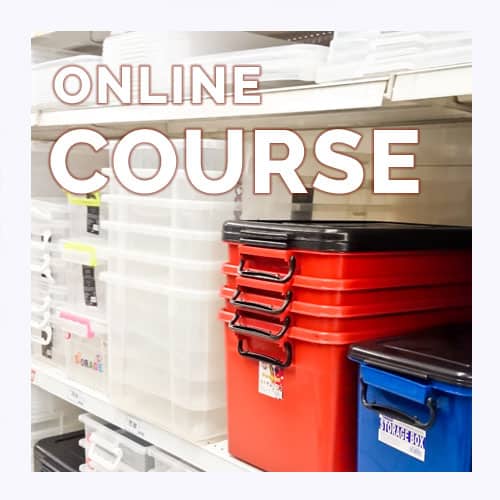

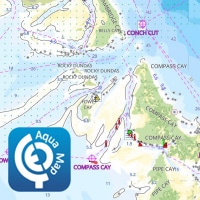
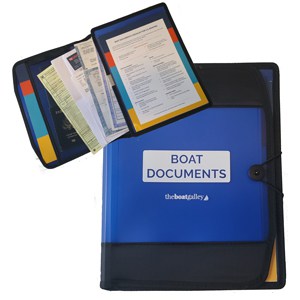

Carolyn Shearlock says
Glad to be of help! I understand about trying to find things . . . I sometimes wonder where the hours went when I’m looking for something.
-C
Carolyn Shearlock says
Before buying an electric pressure cooker, be sure you’ll have enough power for it! Few boats have sufficient solar or wind power, or want to run a generator long enough to produce the power needed. But if you’re at a dock with shore power, this could be an option.
Carolyn Shearlock says
The one I got was an 8-quart one and the reason I didn’t like it was that it was just too big to fit into any convenient storage area . . . so it was a total pain to get out or put away, and it was too large for almost anything that I’d make for just two people. I used it some, but if I’d had one that was just a little smaller, it would have fit into the storage area right in the galley and I would have used it a lot more, particularly in rolly anchorages where I would have loved the locking lid.
The Boat Galley says
Thanks! 🙂
Sue says
I have a Fagor Duo and love it!! I did have another brand and it split down the sides. I am VERY glad it did it when it was not under pressure with superheated food inside. Don’t know what happened – something about where it was stored? but scarily dangerous!!
Carolyn Shearlock says
I’ve written several articles about Thermos Cooking and just posted one on the Wonderbag, another way to turn any pan into a slow cooker.
Carolyn Shearlock says
I haven’t, but every GSI product that I’ve used I’ve liked (and that’s the company that makes them). It’s a hard anodized non-reactive aluminum alloy, so should be good (I don’t like non-anodized aluminum as it can react with acidic foods, particularly tomatoes). It gets good reviews on Amazon.
The 5.7L size is the “typical” pressure cooker size and what most pressure cooker recipes are written for. The 2.7L size is less than a gallon — and you have to allow air space at the top, so there’s not much room for food.
If you decide to get it, I’d love to hear how you like it!
Tom Raynard says
I have the 2.7(or 2.8, as its sometimes called), and it’s wonderful. We use it right now at home primarily, and it’s great for two. I find it takes a little longer to get to pressure. I will get another for my Rosborough when I order that soon.
Carolyn Shearlock says
Great to hear!
Carolyn Shearlock says
Haven’t bought one yet. A friend has told me their 4-quart “fits great” but again, that’s secondhand.
Marie Raney says
Yes! I agree, I have both a Kuhn Rikon and a Fagor and they are both great. Price is better on the KR, Fagor is very slightly easier to use.
Ted Arisaka says
Their elliptical lid closure is simply elegant and foolproof.
Sami says
We love ours is well. Going on having it 10 years and use it all the time. We don’t always use the pressure cooker feature, but we use the pots probably every day.
The Boat Galley says
It’d be good as a locking lid, but don’t pressurize to use as a slow cooker. I use a thermal cooker several times a week (similar concept to a Wonderbag) and love it.
Jeanie says
I also have a Fissler Bluepoint, stainless steel, and it is wonderful. I used to use an original Presto Aluminum Pressure cooker but the Fissler is definitely superior and so much quieter and safer in the design. It cleans up really easily as well.
Julie McShea says
I come to your site frequently to get advice. I wanted to get a pressure cooker so was happy to see this post. However, thanks to your great article you’ve convinced me to go with a thermal pot! It would better suit my cooking style as well. I’ll let you know how it goes.
I hope you’re still on here since I see it’s a 10 year old post.
Thanks, Julie
Carolyn Shearlock says
Yep, still here! And Tami still reads and contributes her thoughts, too!
Carolyn Shearlock says
I have a whole post on alcohol stoves! Read it here.
Bruce Stewart says
Hawkins now have a stainless steel pressure cooker, including the popular 2 and 3L models.